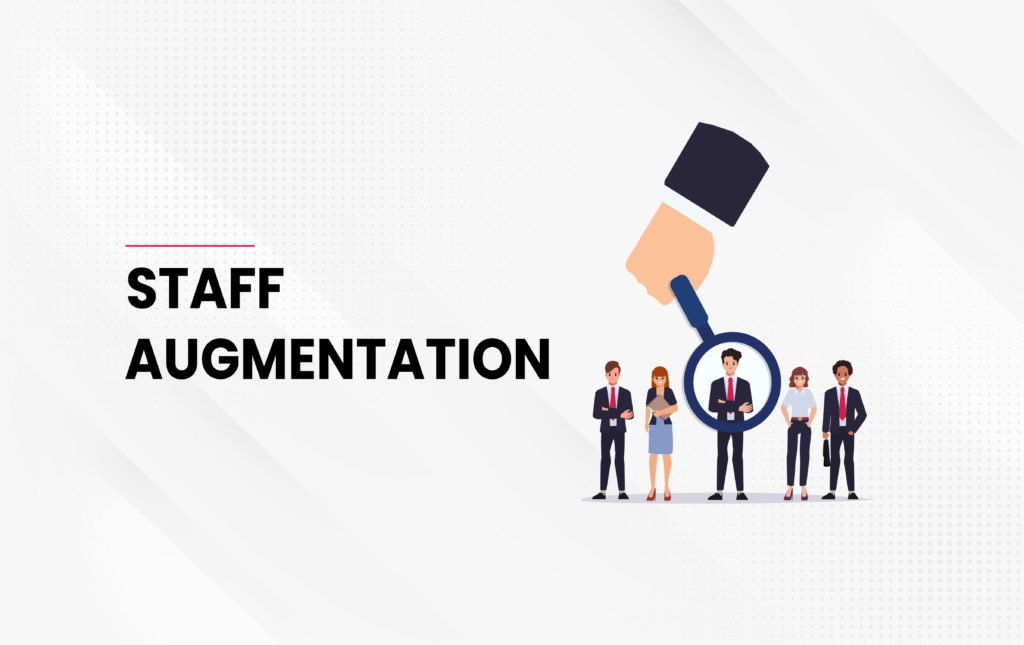In today’s fast-paced business environment, organizations are constantly looking for ways to stay competitive and adapt to changing market demands. Staff augmentation services have become a go-to solution for businesses seeking flexibility, scalability, and access to specialized skills without the long-term commitment of traditional hiring models.
This comprehensive guide explores everything you need to know about staff augmentation services, including their benefits, types, implementation strategies, and how to overcome challenges.
What Are Staff Augmentation Services?
Staff augmentation is a workforce solution where external professionals are hired temporarily to supplement a company’s existing team. These professionals work alongside your in-house team, filling skill gaps or helping meet project deadlines.
This model is particularly beneficial for businesses that need additional resources for:
- Short-term projects: Quickly scale your workforce for specific deliverables.
- Specialized skills: Gain access to expertise not available in-house.
- Seasonal demands: Manage increased workloads during peak times.
Benefits of Staff Augmentation Services
1. Flexibility and Scalability
Staff augmentation offers unmatched flexibility, allowing businesses to scale their workforce up or down as needed.
- Example: Retailers can onboard additional staff during the holiday season and scale down afterward without permanent hiring obligations.
2. Access to Specialized Talent
With staff augmentation, you can bring in professionals with expertise in specific areas, such as software development, data science, or cloud computing.
- Example: A company developing an AI-powered tool can hire a machine learning expert for the project duration, ensuring quality and efficiency.
3. Cost-Effectiveness
Compared to traditional hiring, staff augmentation eliminates costs associated with recruiting, onboarding, and training full-time employees.
- Key Point: Augmented staff can begin contributing immediately, saving both time and resources.
4. Reduced Administrative Burden
The staff augmentation provider manages recruitment, background checks, and payroll, freeing up your HR team to focus on strategic initiatives.
Types of Staff Augmentation Services
1. Short-Term Augmentation
Ideal for projects with a defined scope and duration.
- Use Case: A software company needing extra developers to meet a tight deadline for a product launch.
2. Long-Term Augmentation
Used for ongoing support roles or projects requiring specialized expertise over an extended period.
- Use Case: IT infrastructure maintenance or continuous development projects.
3. Hybrid Augmentation
A mix of short-term and long-term augmentation to balance immediate needs and sustained support.
- Use Case: Combining temporary hires for a product launch with long-term staff for maintenance.
How to Implement Staff Augmentation Services
1. Identify Your Needs
Clearly define your project requirements, skill gaps, and expected outcomes.
- Example: If launching an app, list the required programming languages, UX design skills, and testing expertise.
2. Choose the Right Provider
Select a reputable staff augmentation provider with a strong talent pool and proven industry experience.
- Tips: Check reviews, request case studies, and evaluate their candidate screening process.
3. Seamless Onboarding
Provide augmented staff with the tools and resources they need to integrate effectively with your in-house team.
- Use collaboration tools like Slack, Microsoft Teams, or Trello for efficient communication.
4. Monitor Performance
Set clear KPIs and regularly review progress to ensure augmented staff meet project goals.
- Example: Track productivity metrics like task completion rates and adherence to deadlines.
Challenges of Staff Augmentation Services
1. Cultural Integration
Ensuring external staff align with your company’s culture can be challenging.
- Solution: Conduct interviews to assess soft skills and cultural fit before onboarding.
2. Data Security
Hiring external professionals may raise concerns about data confidentiality.
- Solution: Implement NDAs, strong access controls, and regular security audits.
3. Dependency on External Staff
Over-reliance on augmented staff can lead to operational challenges.
- Solution: Balance external hires with internal skill development and knowledge transfer plans.
FAQs About Staff Augmentation Services
1. What is staff augmentation?
Staff augmentation is a workforce model where external professionals are hired temporarily to supplement a company’s in-house team for specific projects or skills.
2. How is staff augmentation different from outsourcing?
While outsourcing involves delegating entire projects to a third party, staff augmentation integrates external professionals directly into your internal team.
3. What industries benefit most from staff augmentation?
Industries like IT, healthcare, finance, and retail often use staff augmentation to fill skill gaps and meet project demands.
4. How do I select the right staff augmentation provider?
Look for providers with strong industry expertise, positive reviews, and a deep talent pool. Request case studies and testimonials to ensure credibility.
Why Choose Staff Augmentation Services?
Staff augmentation services are a strategic solution for businesses seeking to:
- Quickly adapt to market demands.
- Access specialized skills.
- Manage costs effectively.
Whether you’re addressing short-term gaps or scaling for long-term growth, staff augmentation offers the flexibility and expertise you need to stay competitive.
Conclusion
Staff augmentation services empower businesses to stay agile, cost-effective, and focused on their goals. By understanding the benefits and implementation strategies outlined in this guide, companies can make informed decisions to enhance their workforce and achieve project success.
At One Technology Services, we specialize in delivering tailored staff augmentation solutions to help businesses thrive. Contact us today to explore how we can support your workforce needs.
Read More:
How to Choose the Right Staff Augmentation Partner for Your IT Projects
How Staff Augmentation Can Be a Game-Changer for Your Workforce

